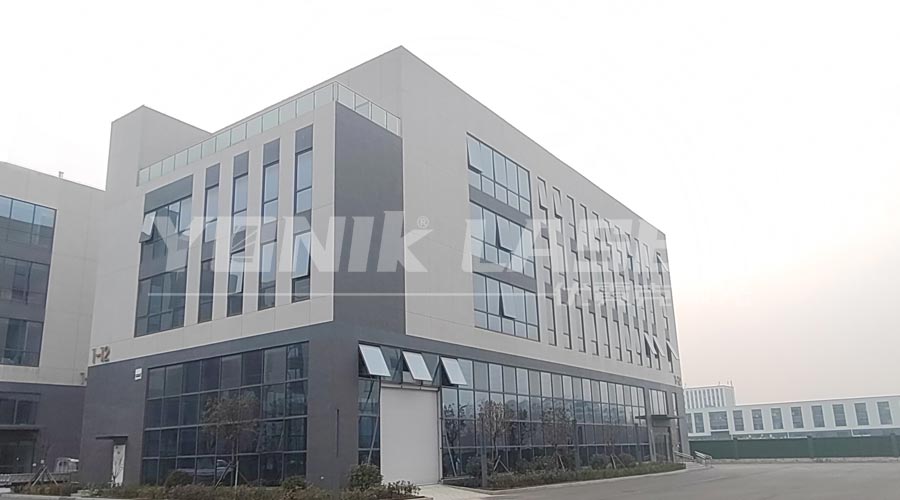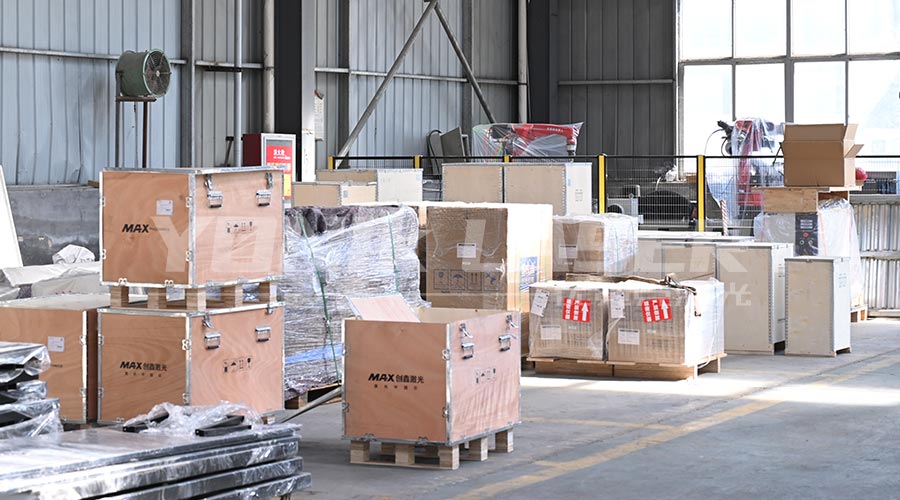In the vast starry sky of the manufacturing industry, laser cutting technology is like a shining star, continuously leading the transformation and development of the industry. From the early two-dimensional cutting to today's three-dimensional cutting, every innovation of laser cutting machine technology has profoundly affected the production efficiency and product quality of the manufacturing industry. This article will discuss in detail the leap from two-dimensional to three-dimensional laser cutting machine technology, and reveal the logic and future trends behind this technological innovation.

1. The rise and maturity of two-dimensional laser cutting technology
Two-dimensional laser cutting technology began in the 1980s. With the commercialization of CO₂ lasers, laser cutting technology officially entered the field of industrial applications. The laser cutting equipment of this period mainly used gantry or cantilever mechanical frames to achieve precise cutting on a two-dimensional plane through XY axis linear motion. With its efficient and precise cutting performance, two-dimensional laser cutting technology quickly dominated the fields of automotive sheet metal, advertising logos, etc. However, with the increasing market demand for complex parts processing, the limitations of two-dimensional laser cutting technology gradually emerged, and the processing capacity of three-dimensional workpieces became an urgent problem to be solved.
2. Breakthrough and development of 3D laser cutting technology
In the 21st century, with the emergence of fiber lasers and breakthroughs in five-axis linkage technology, 3D laser cutting technology came into being. Through the coordinated movement of the X/Y/Z linear axis and the A/C rotary axis, the five-axis linkage technology enables the laser head to cut three-dimensional workpieces such as pipes and stamping surfaces at any angle, greatly expanding the application scope of laser cutting technology. In addition, the introduction of key technologies such as dynamic focusing system and offline programming software has further improved the accuracy and efficiency of 3D laser cutting.
The laser cutting case of Tesla Model S battery tray is a model of the application of 3D laser cutting technology. Through 3D laser cutting technology, Tesla has successfully reduced the length of the battery tray weld and improved the structural strength, providing strong support for the lightweight design of new energy vehicles.
3. Deep integration of six-axis robots and laser cutting technology
With the rapid development of industrial robot technology, the deep integration of six-axis robots and laser cutting technology has become a new technological trend. With its ±0.05mm repeatability and 360° dead-angle motion capability, the six-axis robot shines in high-precision and difficult processing fields such as aerospace and medical equipment. The six-axis robot laser cutting system not only has the precision and efficiency of traditional laser cutting, but also can realize the cutting of complex spatial curves, meeting the processing requirements of high-precision parts such as aerospace engine blades and special-shaped brackets of medical equipment.
In terms of technological evolution, the light source revolution and the introduction of intelligent control systems have brought a qualitative leap in the six-axis robot laser cutting technology. The popularity of 10,000-watt fiber lasers and the breakthroughs in green and ultraviolet lasers have enabled laser cutting technology to easily cope with the problem of cutting high-reflective materials. The application of intelligent control systems such as AI visual positioning systems and digital twin platforms has further improved the automation and intelligence of the cutting process.
IV. Future Trends and Prospects
Looking to the future, laser cutting machine technology will continue to develop in the direction of higher precision, higher efficiency and more intelligence. The combination of ultrafast laser and six-axis robot will bring unprecedented processing accuracy and speed to laser cutting technology; the development of human-machine collaboration technology will make the laser cutting process more flexible and convenient; the in-depth practice of green manufacturing concept will promote the development of laser cutting technology in a more environmentally friendly and energy-saving direction.
At the same time, with the accelerated advancement of the transformation and upgrading of the manufacturing industry, laser cutting machine technology will play an important role in more fields. Whether it is the lightweight design of new energy vehicles, high-precision manufacturing of aerospace, or precision processing of medical devices, laser cutting machine technology will contribute to the high-quality development of the manufacturing industry with its unique advantages.

Conclusion
From two-dimensional to three-dimensional, laser cutting machine technology has not only achieved a leap in processing capabilities, but also promoted the transformation and upgrading of the manufacturing industry. In the future, with the continuous advancement and innovation of technology, laser cutting machine technology will continue to lead the manufacturing industry into a new era of greater efficiency, intelligence and greenness.
2025-07-22
2025-07-21
2025-07-19